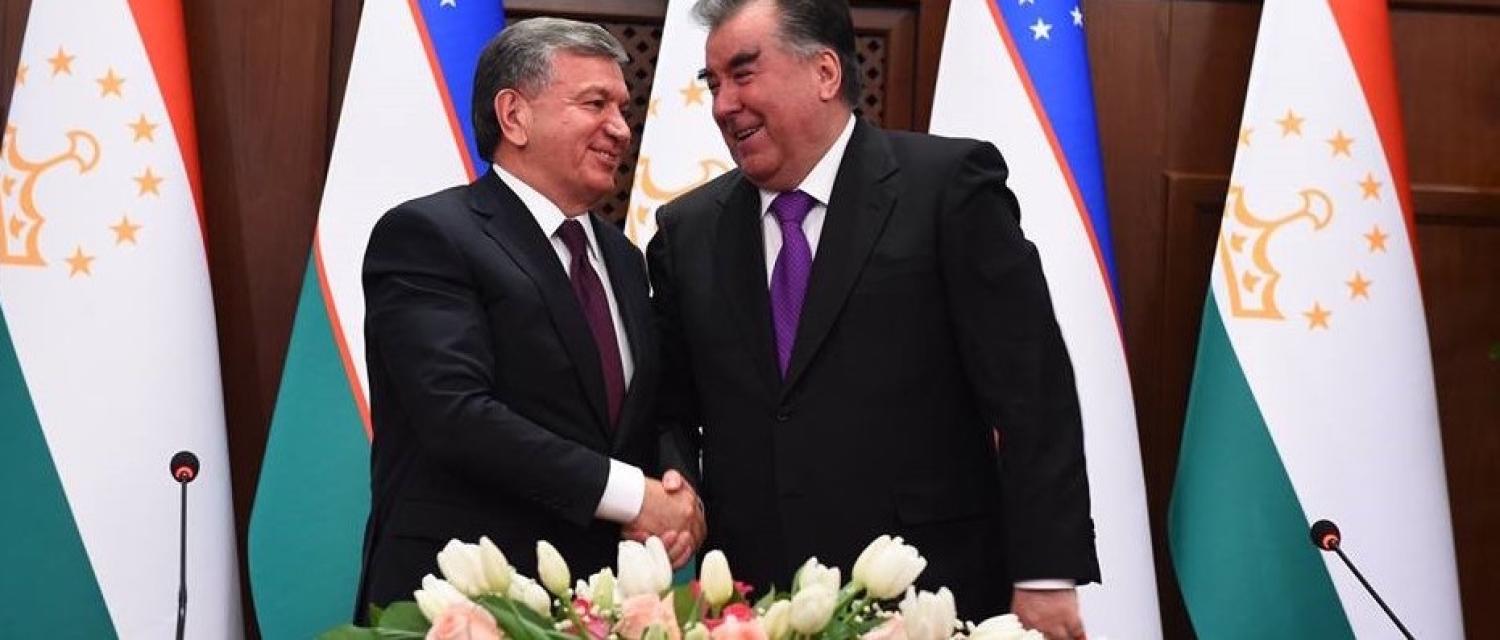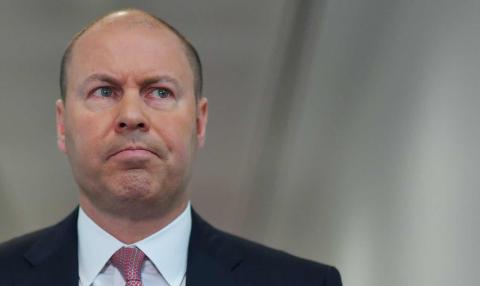A rare summit held at the strategic crossroads of Russia and China last month signalled a welcome thaw between two regional rivals in Central Asia, Tajikistan and Uzbekistan.
Tajik President Emomali Rahmon, who has been in power since 1992, will likely use this reconciliation with his Uzbek counterpart, President Shavkat Mirziyoyev, as an opportunity to strengthen his patronage networks while cracking down further on any opposition.
The ways in which Tajikistan and Uzbekistan pursue stability and cooperation in the coming years will have important implications for major powers in the region.
Tajikistan shares a Persian and Islamic cultural heritage with Iran and Afghanistan, but it was a republic of the Soviet Union for almost 70 years prior to declaring independence in 1991. Tajikistan was then plunged into a bitter civil war between supporters of the former government and a loose coalition of opposition groups, known as the United Tajik Opposition, that included democratic reformers, political Islamists, and ethnic minorities in the east of the country.
A UN-backed peace deal in 1997 granted a third of all political appointments to those opposition groups in exchange for a ceasefire and the guarantee of free elections. Such elections never materialised, however, and stability in Tajikistan has instead depended on a blend of nepotism and benign neglect. Rahmon’s government has provided opposition figures with jobs in the Defence and Interior ministries and allowed local warlords to rule as they please outside of the capital, Dushanbe, so long his authority is not challenged.
Three major factors have threatened that stability in recent years.
First, since independence the Tajik economy has depended on remittances from migrant workers in Russia. The decline in global oil prices and Western sanctions against the Moscow, however, have severely reduced the value of those remittances for Tajiks at home.
This contributes to the second factor: some young Tajik men in Russia, facing economic uncertainty, isolation from their communities, and second-class treatment as migrant workers, are vulnerable to ISIS online recruitment efforts as well as self-radicalisation. The return of Tajik ISIS militants to their home country poses a direct security threat to the government in Dushanbe.
The third factor is Rahmon himself. He banned the Islamic Renaissance Party in 2015, which until then had been the most vocal supporter of reform in Tajikistan and by far the most influential segment of the former United Tajik Opposition. This played directly into the hands of the same radicals and recruiters who prey on Tajiks abroad.
Tajikistan’s responses to these threats can seem contradictory. The government is reportedly providing amnesty to some Tajik recruits who returned home after fighting for ISIS, achieving limited success in rehabilitating those who agree to stay out of politics. It has, however, also criminalised the publication of unauthorised Islamic books, the use of Arabic surnames, and even men wearing beards, which will further embolden radical recruiters.
Coincidentally, these were the same tactics employed, until quite recently, by Uzbekistan.
Tajikistan and Uzbekistan
It took the death of a dictator to bring Tajikistan and Uzbekistan together at a conference table. The bitter personal relationship between Rahmon and Islam Karimov, who ruled Uzbekistan with an iron fist for 25 years until his death in September 2016, meant that Tajiks and Uzbeks on both sides of the border were cut off from their families and employment opportunities.
Mirziyoyev assumed power after Karimov’s death and has since shown some potential for genuine reform. He has initiated limited economic changes by floating the so‘m, the Uzbek currency, and he has settled critical border disputes with neighbouring Kyrgyzstan.
Following the recent Central Asian Summit, it was announced that Tajikistan and Uzbekistan would have access to more border crossings and less visa restrictions, and bilateral agreements covering trade, investment, agriculture, and security were signed in Dushanbe. It is tempting to believe that this may place Tajikistan on a similar path to slow and steady reform.
The reality, however, is less encouraging.
Tajikistan is much more geographically fragmented than Uzbekistan, and has never been as successful in bringing cash crops, such as cotton, under government control. To remain stable, it has instead relied on a combination of compliant warlords and a token opposition.
Rahmon has followed the example of many Central Asian leaders by using security threats as a pretext to eliminate legitimate political parties, but ultimately it is economic rapprochement with Uzbekistan that he believes will provide his regime with the protection it needs. Rahmon can now use new revenue sources from cross-border trade to demonstrate he can manage extremism and unemployment without the need to tolerate any opposition or low-level insurgencies at home.
True security for Tajikistan and Uzbekistan cannot rely only on strong friendships between authoritarian rulers, but must build on the foundations of stronger institutions. While transparent visa regimes are a step in the right direction, they came many years too late. For the time being in Central Asia, the more things change, the more they stay the same.

